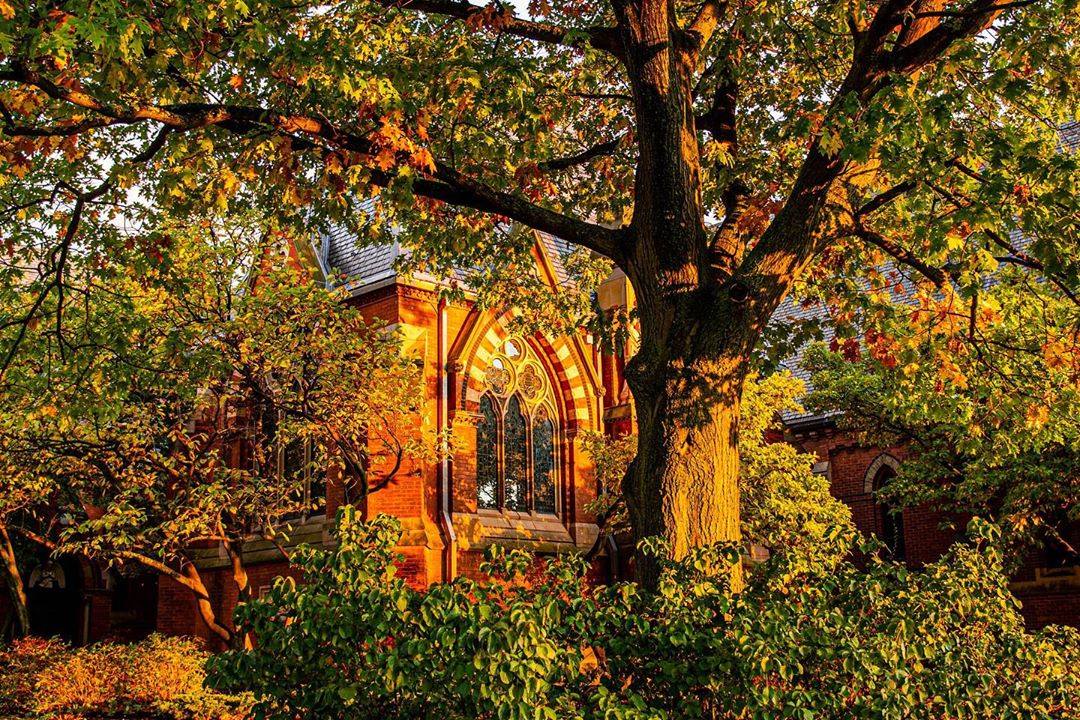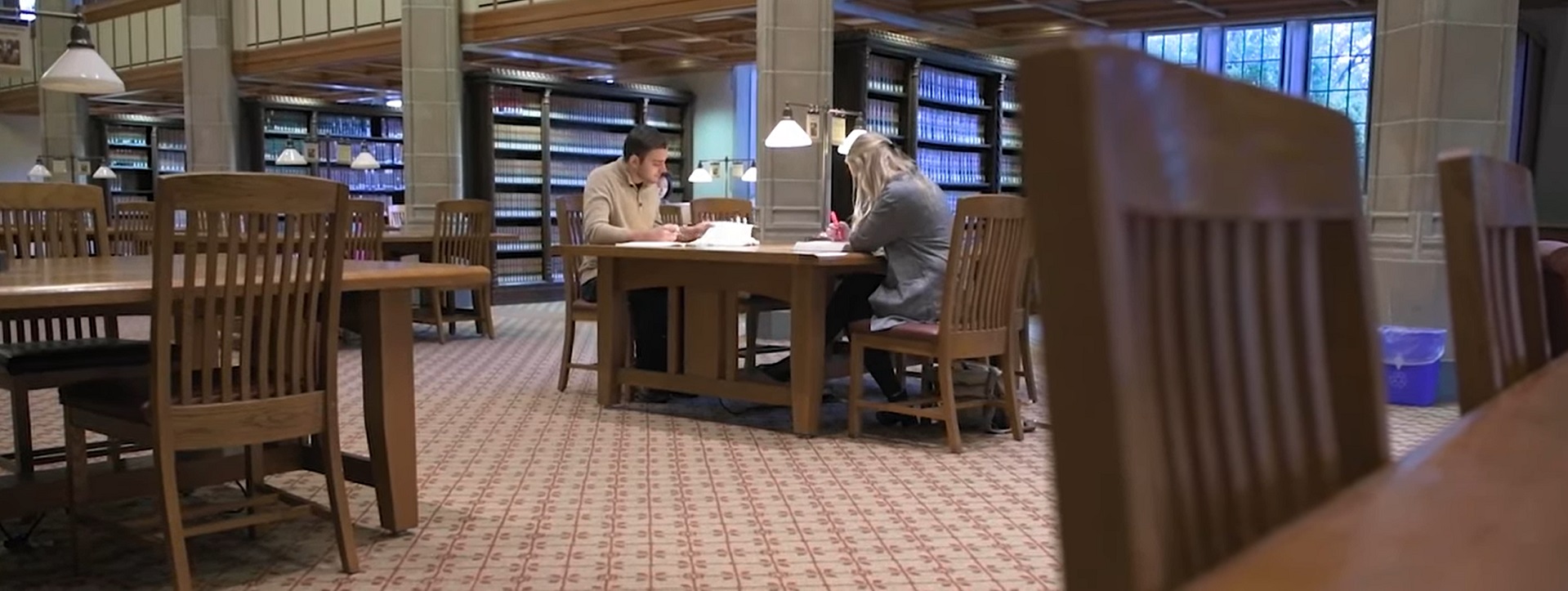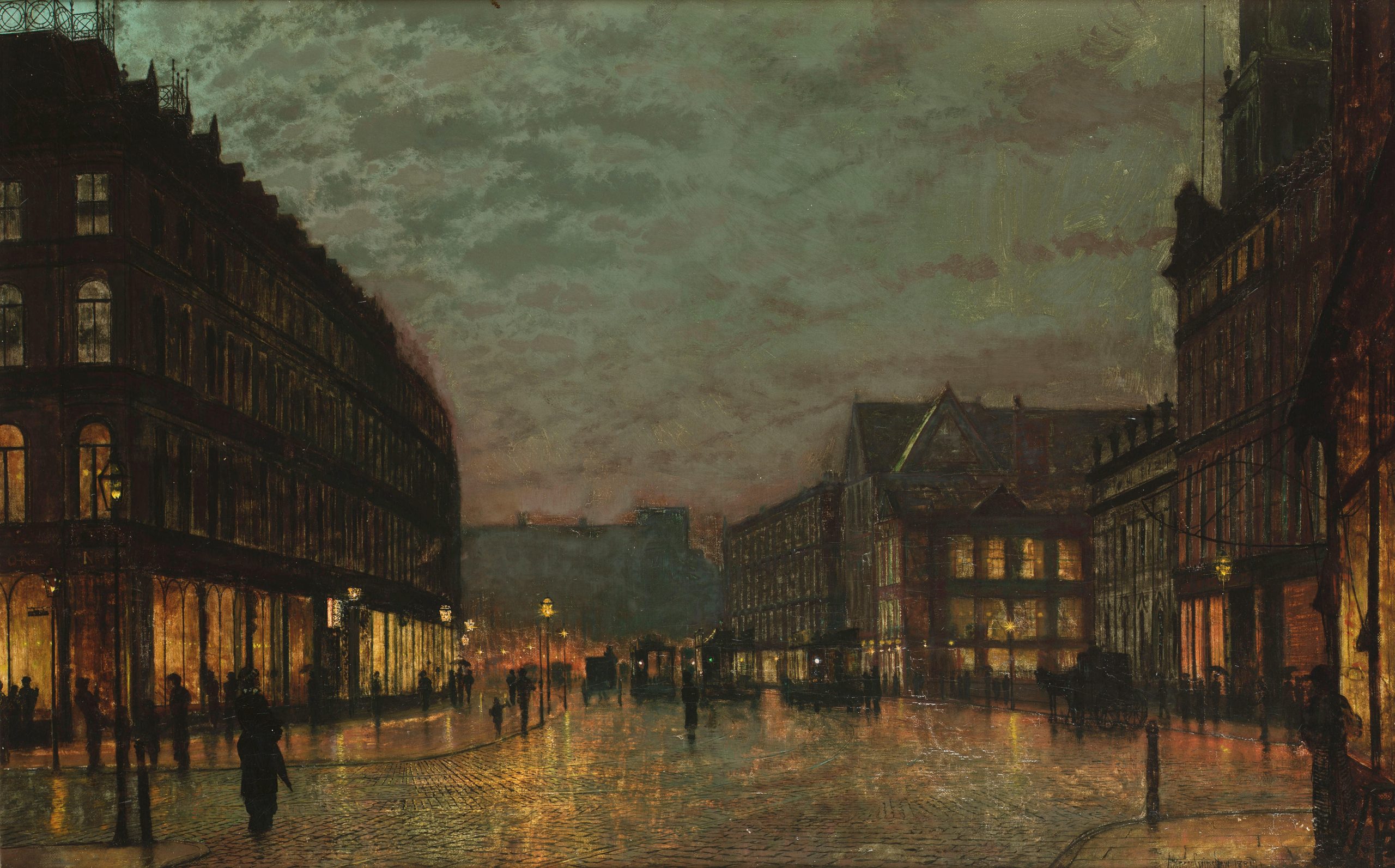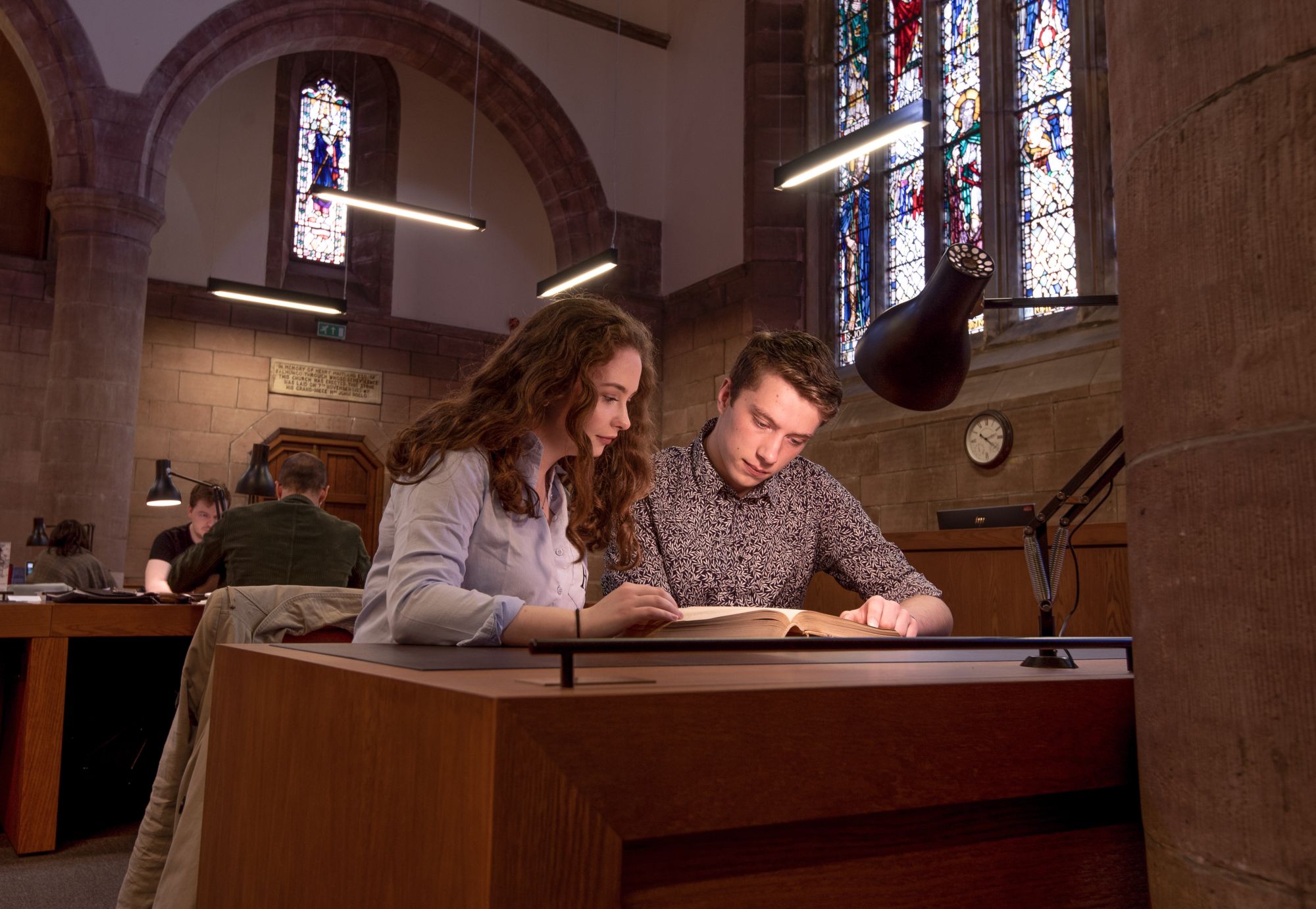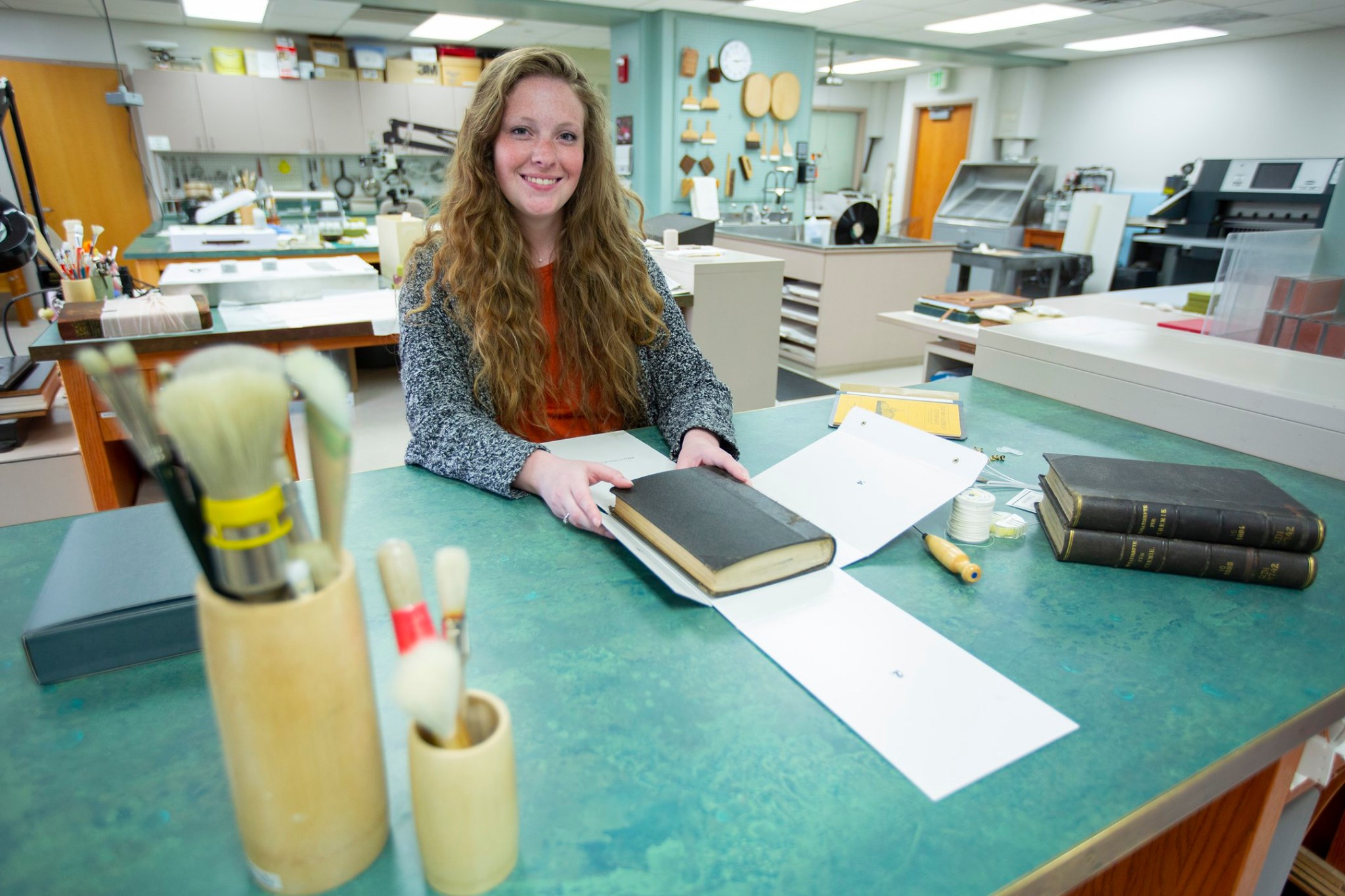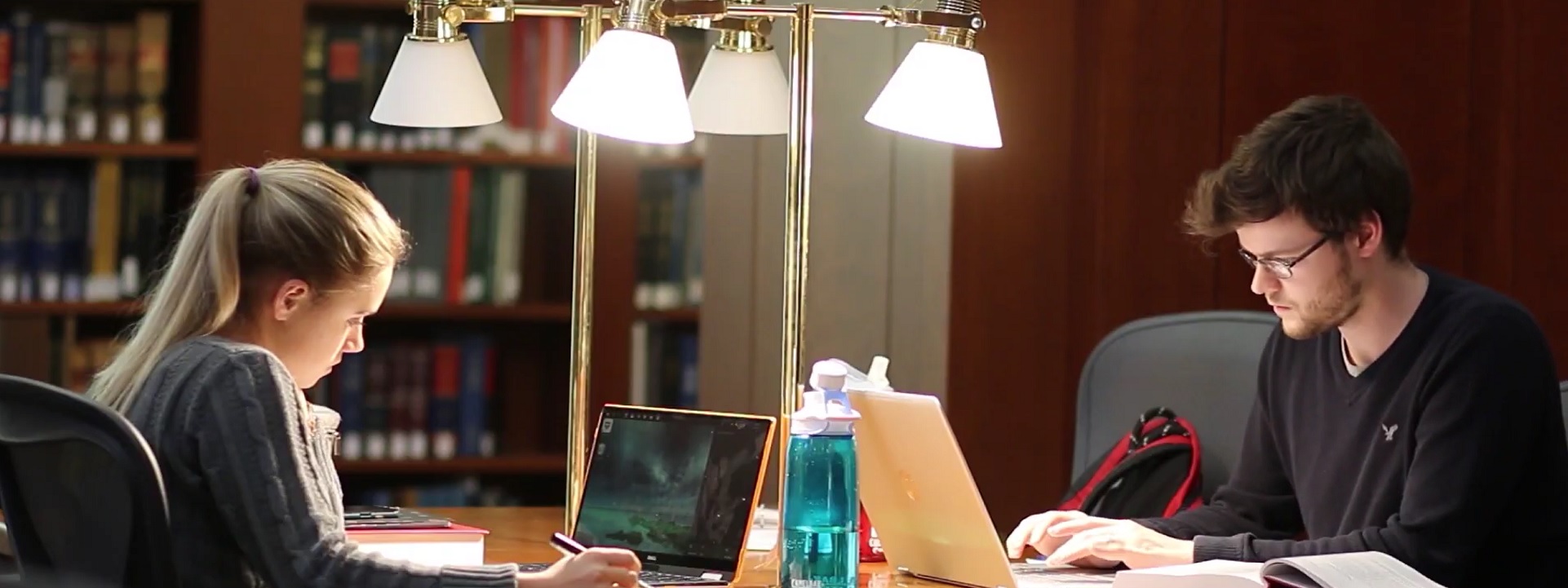The Lord’s Prayer
- Home Page 142

The Intersection of Design and Engineering
Fashion of the future: the Intersection of Design and Engineering
An abbreviated list of fashion and textile design schools and colleges in the United States:
Parsons School of Design, New York
Fashion Institute of Technology (FIT), New York
Pratt Institute, New York
Rhode Island School of Design, Providence
Savannah College of Art and Design (SCAD), Savannah, Atlanta, Hong Kong
California College of the Arts, San Francisco
Otis College of Art and Design, Los Angeles
Academy of Art University, San Francisco
Kent State University, Kent, Ohio
Drexel University, Philadelphia
University of Cincinnati, Cincinnati
Virginia Commonwealth University, Richmond
Massachusetts College of Art and Design, Boston
Columbia College Chicago, Chicago
School of the Art Institute of Chicago, Chicago
University of Minnesota-Twin Cities, Minneapolis
Iowa State University, Ames
University of Georgia, Athens
University of North Texas, Denton
Keep in mind that academies, schools, colleges, universities and institutes serve different purposes within the structure of college or university, with schools being larger and more general in focus, while departments are smaller and more specialized in their areas of study.
In all cases, textiles present elevated chemical, fire, noise and physical hazard associated with textile-related machinery.
Resilience of Hospital Power Systems in the Digital Age
Operational Resilience of Hospital Power Systems in the Digital Age
Abstract: An advanced guideline is required to support the design of power supply systems for the performances of service continuity and power outage resilience, which are vital for hospital power systems and strategic operational structures (SOSs). The supply sources, the power system topology, and its management are fundamental in guaranteeing the electrical resilience of the power system. There is still no standard to evaluate the adequacy of hospital power systems for natural calamities and human-made disasters and, subsequently, for the ordinary operation. The World Health Organization recognizes it as a basic problem and at this aim has to claim clearly the status of SOSs for the hospitals, recommending to safeguard and plan the full operability. The hospital power systems need a local fortified electrical structure, designed for service continuity during fault events and managed to ensure an adequate dynamic response to any emergency and maintenance needs. The importance of the business continuity management is highlighted; it has to be qualified for a permanent design with both the in-op approaches for the initial installation of the system and its life cycle operation.
CLICK HERE to order complete paper
Clavier AZERTY
QWERTY: This is the most common keyboard layout used in English-speaking countries. The name “QWERTY” comes from the first six letters on the top row of keys. This layout was originally designed to prevent typewriter keys from jamming by placing commonly used keys further apart.
AZERTY: This is a keyboard layout used primarily in French-speaking countries. The letters are arranged differently from QWERTY, with the A and Z keys switched, and some additional special characters included.
QWERTZ: This is a keyboard layout used primarily in German-speaking countries. It is similar to QWERTY, but with some letters rearranged and some additional special characters included.
Dvorak Simplified Keyboard: This is an alternative keyboard layout designed to increase typing speed and efficiency. It places the most commonly used letters in the home row, and the least used letters on the outer edges of the keyboard.
Colemak: This is another alternative keyboard layout designed for increased typing efficiency. It also places the most commonly used letters in the home row, but has a slightly different arrangement than Dvorak.
Unicode: This is a standard for encoding characters from a wide range of writing systems, including Latin, Cyrillic, Arabic, and Chinese, among others. It allows for the input and display of text in multiple languages and scripts on the same keyboard.
Lingua Franca 300
This content is accessible to paid subscribers. To view it please enter your password below or send mike@standardsmichigan.com a request for subscription details.
Land & Property Finance
This content is accessible to paid subscribers. To view it please enter your password below or send mike@standardsmichigan.com a request for subscription details.
“Abide with Me”
Abide with me; fast falls the eventide;
The darkness deepens; Lord with me abide.
When other helpers fail and comforts flee,
Help of the helpless, O abide with me.
Swift to its close ebbs out life’s little day;
Earth’s joys grow dim; its glories pass away;
Change and decay in all around I see;
O Thou who changest not, abide with me.
Not a brief glance I beg, a passing word,
But as Thou dwell’st with Thy disciples, Lord,
Familiar, condescending, patient, free.
Come not to sojourn, but abide with me.
Come not in terror, as the King of kings,
But kind and good, with healing in Thy wings;
Tears for all woes, a heart for every plea.
Come, Friend of sinners, thus abide with me.
Thou on my head in early youth didst smile,
And though rebellious and perverse meanwhile,
Thou hast not left me, oft as I left Thee.
On to the close, O Lord, abide with me.
I need Thy presence every passing hour.
What but Thy grace can foil the tempter’s power?
Who, like Thyself, my guide and stay can be?
Through cloud and sunshine, Lord, abide with me.
I fear no foe, with Thee at hand to bless;
Ills have no weight, and tears no bitterness.
Where is death’s sting? Where, grave, thy victory?
I triumph still, if Thou abide with me.
Hold Thou Thy cross before my closing eyes;
Shine through the gloom and point me to the skies.
Heaven’s morning breaks, and earth’s vain shadows flee;
In life, in death, O Lord, abide with me.
History of Western Civilization Told Through the Acoustics of its Worship Spaces
New update alert! The 2022 update to the Trademark Assignment Dataset is now available online. Find 1.29 million trademark assignments, involving 2.28 million unique trademark properties issued by the USPTO between March 1952 and January 2023: https://t.co/njrDAbSpwB pic.twitter.com/GkAXrHoQ9T
— USPTO (@uspto) July 13, 2023
Standards Michigan Group, LLC
2723 South State Street | Suite 150
Ann Arbor, MI 48104 USA
888-746-3670









